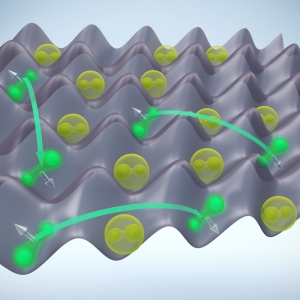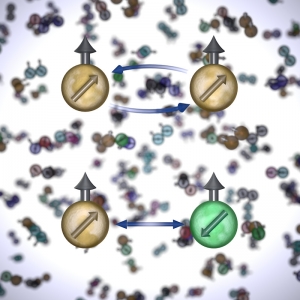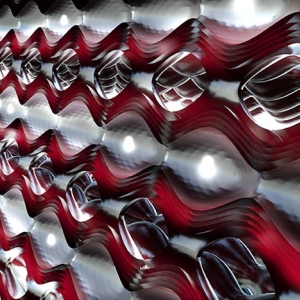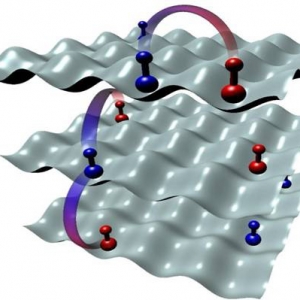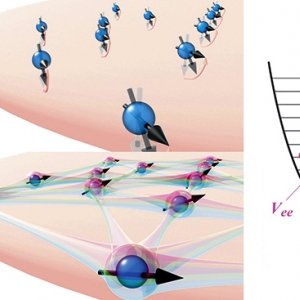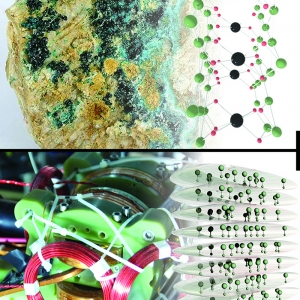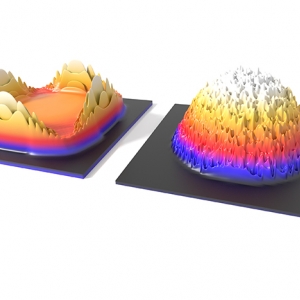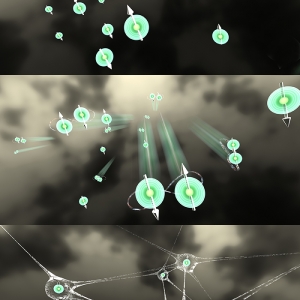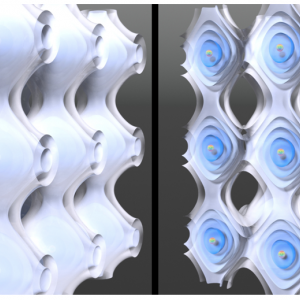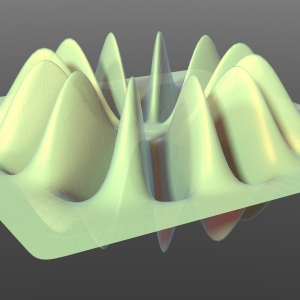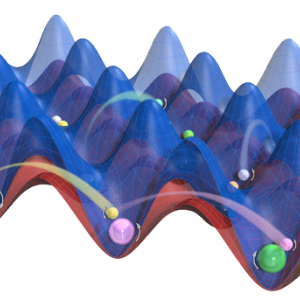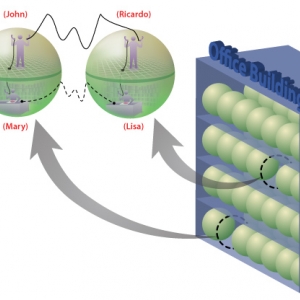Research Highlights
Atomic & Molecular Physics
Exciting Adventures in Coupling
Published: October 31, 2014
PI: Ana Maria Rey
Atomic & Molecular Physics
Atoms, Atoms, Frozen Tight in the Crystals of the Light, What Immortal Hand or Eye Could Frame Thy Fearful Symmetry?
Published: August 18, 2014
PI: Ana Maria Rey | PI: Jun Ye
Atomic & Molecular Physics
Dealing with Loss
Published: March 05, 2014
PI: Ana Maria Rey | PI: Deborah Jin | PI: Jun Ye | PI: Murray Holland
Atomic & Molecular Physics
The Great Spin Swap
Published: September 18, 2013
PI: Ana Maria Rey | PI: Deborah Jin | PI: Jun Ye
Quantum Information Science & Technology
The Magnificent Quantum Laboratory
Published: August 08, 2013
PI: Ana Maria Rey | PI: Jun Ye
Atomic & Molecular Physics
Physicists on the Verge of Mean-Field Breakdown
Published: February 05, 2013
PI: Ana Maria Rey
Atomic & Molecular Physics
The Entanglement Tango
Published: December 05, 2012
PI: Ana Maria Rey | PI: James Thompson
Quantum Information Science & Technology
New Flavors of Quantum Magnetism
Published: May 24, 2012
PI: Ana Maria Rey
Atomic & Molecular Physics
No free lunch for entangled particles
Published: January 26, 2012
PI: Ana Maria Rey
Atomic & Molecular Physics
Ultracold Polar Molecules to the Rescue!
Published: September 14, 2011
PI: Ana Maria Rey | PI: Jun Ye
Atomic & Molecular Physics
The Secrets of the Resonant Lattice
Published: July 15, 2011
PI: Ana Maria Rey
Precision Measurement
Strontium Clock Performance Skyrockets
Published: February 03, 2011
PI: Ana Maria Rey | PI: Jun Ye
Quantum Information Science & Technology
The Quantum Modeling Agency
Published: January 14, 2011
PI: Ana Maria Rey | PI: Jun Ye
Quantum Information Science & Technology
Qubits in Action
Published: April 05, 2009
PI: Ana Maria Rey




